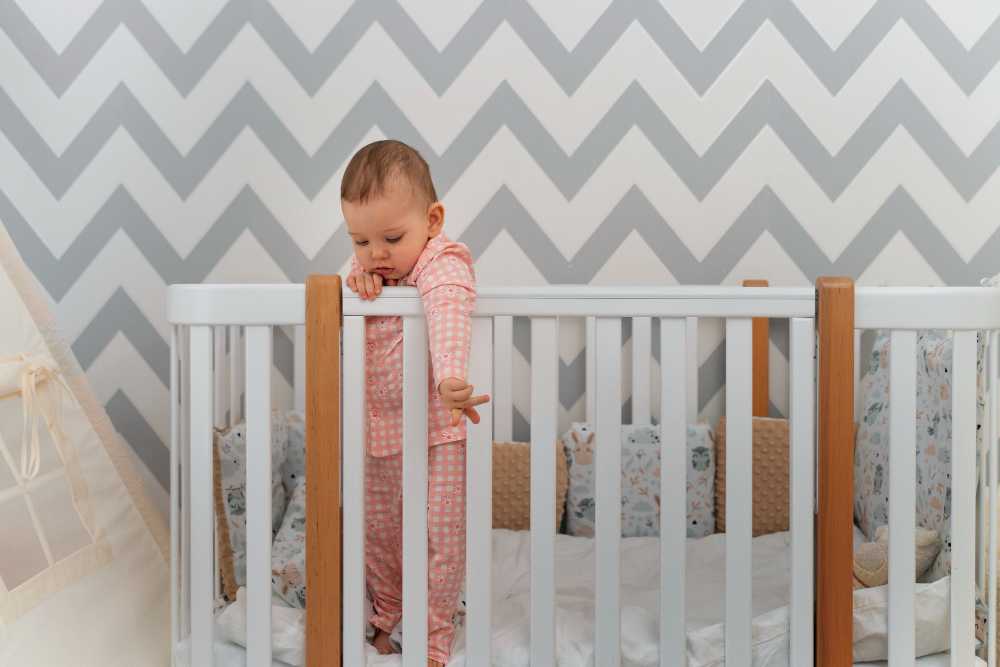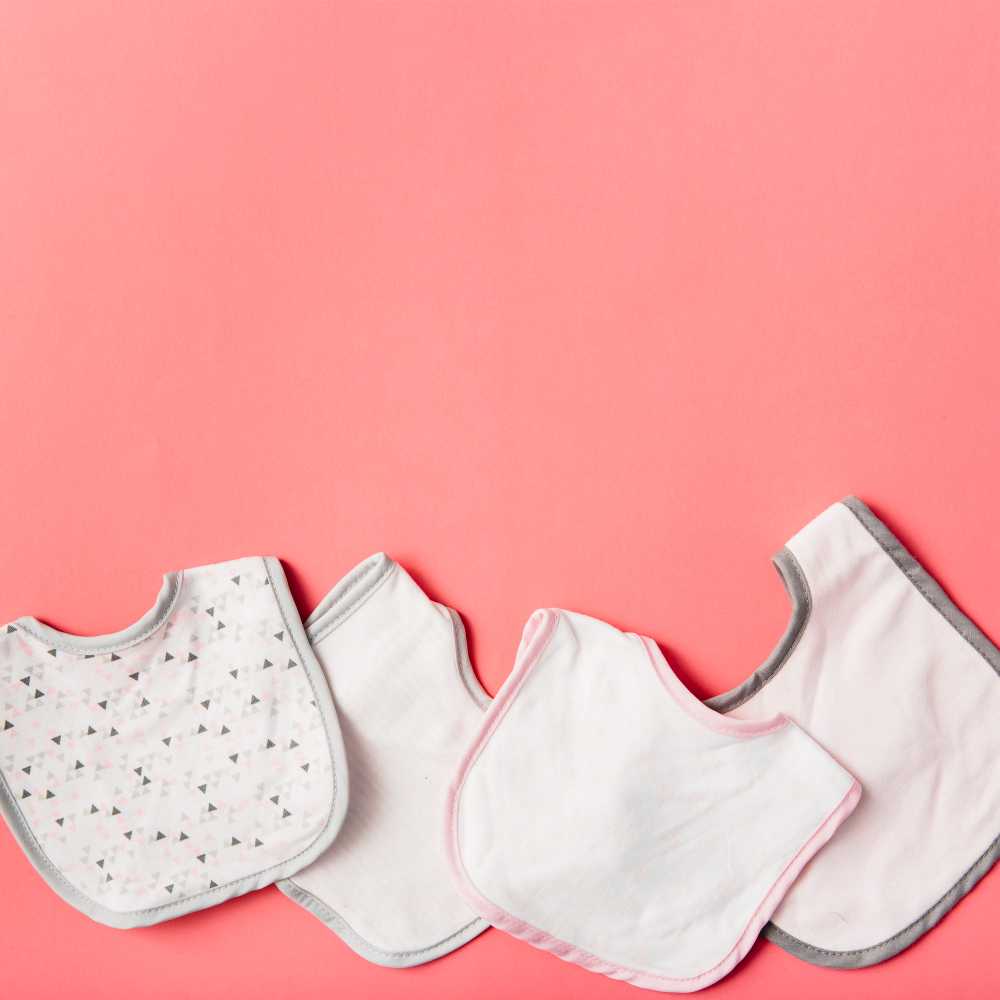Crib Weight Limit: A Comprehensive Guide for Parents on Safety and Choosing the Right Crib

Selecting the ideal crib for your infant stands as a pivotal choice each parent faces. Although considerations typically gravitate toward aesthetics, design, and safety features, a frequently underestimated aspect comes to light — the crib weight limit. Understanding the significance of adhering to a crib’s weight capacity becomes a crucial element in guaranteeing your little one’s well-being and safety.
This piece explores the relevance of weight limits for cribs, highlighting five key aspects that should be on the radar of every vigilant parent.
The Significance of Crib Weight Limit
The significance of the crib weight capacity cannot be overstated—it directly influences the crib’s safety and operational effectiveness. Stringent testing by manufacturers is the basis for establishing these limits, ensuring that the crib maintains its structural integrity under specific weight conditions. Exceeding the specified weight threshold gives rise to the danger of possible mishaps, encompassing the foreboding prospect of crib failure, presenting significant risks to the infant’s safety.
Understanding the core significance of adhering to the crib weight capacity extends beyond simple adherence to regulations; it embodies a profound commitment to ensuring the safety of your little one. Babies during their initial developmental phases, invest a significant duration in their cribs. As a result, the crucial element of ensuring the crib’s capacity to support their weight becomes fundamental in establishing a haven for peaceful and secure sleep.
Safety Regulations and Standards
The well-being of infants and children hinges significantly on safety regulations and standards, especially concerning items like cribs. Entities responsible for regulation, such as the Consumer Product Safety Commission (CPSC) in the United States, formulate these guidelines to create benchmarks for designing, producing, and using products. The central aim is to reduce the likelihood of accidents, injuries, and fatalities linked to consumer goods.
Safety regulations for cribs cover a range of factors, spanning from the solidity of the structure to the materials employed and the imposed weight limits. Manufacturers find themselves under a legal obligation to conform to these standards, subjecting their merchandise to meticulous testing and certification procedures. Adhering to these regulations doesn’t just elevate the general safety of the product but also fosters a sense of assurance among parents and caregivers. It’s a structured approach that intertwines legal responsibility with consumer confidence, making sure that the products meant for the welfare of infants undergo stringent evaluations to meet, if not exceed, the established safety benchmarks.
Parents are encouraged to actively search for cribs that meet or surpass established safety standards, thus guaranteeing the highest level of protection for their little ones. The comprehension and acknowledgment of these regulations provide consumers with the tools to make knowledgeable choices, nurturing an atmosphere where the well-being of infants takes precedence. In the grand scheme, safety regulations form an indispensable base for the formulation and creation of childcare products, cultivating a marketplace that is secure and dependable for parents and caregivers alike.
The Build of the Crib
To comprehend the significance of weight limits, it’s essential to understand the various components that make up a crib. A crib typically comprises a mattress support system, mattress, and frame. The weight limit specified for cribs pertains to the frame’s capacity to bear weight safely. This is not a mere arbitrary number; it is intricately linked to safety standards set by regulatory bodies. As a parent, it’s crucial to avoid surpassing this weight limit, factoring in the combined weight of the baby, bedding, and any additional accessories.
Understanding crib components becomes imperative as babies undergo rapid growth, necessitating a keen eye on their weight relative to the crib’s limit. This awareness prompts timely transitions to larger sleeping arrangements, aligning with the child’s developmental stages. Neglecting these considerations may jeopardize the crib’s structural integrity and lead to safety hazards. Thus, knowing crib components is indispensable to guaranteeing your infant’s safety and comfort.
Growth and Development of the Child
Understanding the growth and development of your child is paramount when considering crib weight limits. Infants undergo rapid changes in size and weight during their early years. Parents frequently fail to fully grasp the implications of their child’s growth on the safety of their sleeping space. Crib manufacturers establish weight limits with consideration for the typical weight of a child falling within a specific age bracket. As your infant grows, nearing or surpassing the suggested weight threshold, it becomes crucial to reconsider the crib’s appropriateness.
Shifts between various phases of a child’s development might call for a shift towards a more spacious sleep setting, perhaps transitioning to a toddler bed. Overlooking these transformations might heighten potential risks, considering the crib might lose its ability to sufficiently uphold the child’s weight. Consistently keeping tabs on your child’s growth and evaluating the suitability of the crib concerning its weight limit establishes a forward-thinking stance on safety. Being mindful of developmental milestones and adhering to weight recommendations enables parents to foster a safe sleep environment that adapts to their child’s evolving requirements.
Ensuring Safety Beyond Weight Limits
Prioritizing your child’s safety extends beyond merely recognizing and abiding by the crib’s weight limits. It involves incorporating supplementary precautions for a genuinely secure sleeping space. Foremost among these is strict adherence to the assembly and usage directives provided by the manufacturer. Confirm that each constituent is firmly secured, paying particular attention to dynamic elements like drop-side rails, which should function seamlessly.
Regular scrutiny of the crib is essential, with a focus on identifying any signs of wear and tear. Swiftly rectify any loose screws or indications of structural compromise to preclude potential hazards. Additionally, opt for a firm mattress that fits snugly within the crib, eliminating any gaps that might pose a risk to a baby’s limbs.
Promoting a minimalist sleep environment is crucial—eschew excess bedding, plush toys, and loose blankets. Such items not only contribute to surpassing weight limits but also elevate the hazards of suffocation and entanglement. Opt for fitted sheets and lightweight blankets designed specifically for infant use.
Lastly, strategically position the crib, steering clear of windows, curtains, and cords to mitigate the likelihood of accidents. Integrating these meticulous safety measures ensures a comprehensive approach to fostering a secure sleep environment for your cherished little one.
Establishing a Crib’s Weight Limit
Identifying the crib weight limit is a pivotal step in guaranteeing your child’s safety. Grasping these details contributes to making an informed decision during the procurement process.
To meticulously ascertain the crib weight limit, follow these discreet steps:
- Thoroughly Peruse the Product Manual: The manual accompanying the crib contains exhaustive information regarding the weight limit, offering insights into proper assembly, upkeep, and usage guidelines.
- Inspect the Crib Label: Numerous cribs feature an affixed label on the frame or mattress support, revealing the weight limit and possibly additional safety-related details.
- Engage with the Manufacturer: In the event that the weight limit isn’t readily discernible in the manual or on the crib, establish direct communication with the manufacturer. They possess the precision to furnish accurate information and address any inquiries or reservations.
- Factor in Supplementary Weight: The weight limit considers the baby’s weight and accounts for the weight of any additional items placed within the crib. Be mindful to incorporate the weight of the mattress, bedding, and any ancillary items housed in the crib. These elements collectively contribute to the overall load the crib must adeptly support.
The Bottom Line
Recognizing the weight threshold of a crib stands as a crucial element in guaranteeing the security and welfare of your infant. Following safety guidelines, keeping track of your baby’s development, staying aware of accompanying items, and performing routine check-ups enable you to establish a protected sleeping space. The choice to shift from a crib to a more sizable bed should hinge upon a blend of the child’s age, weight, and developmental achievements. By giving precedence to these factors, you can arrive at thoughtful decisions that foster a secure and cozy sleep setting for your young one.





